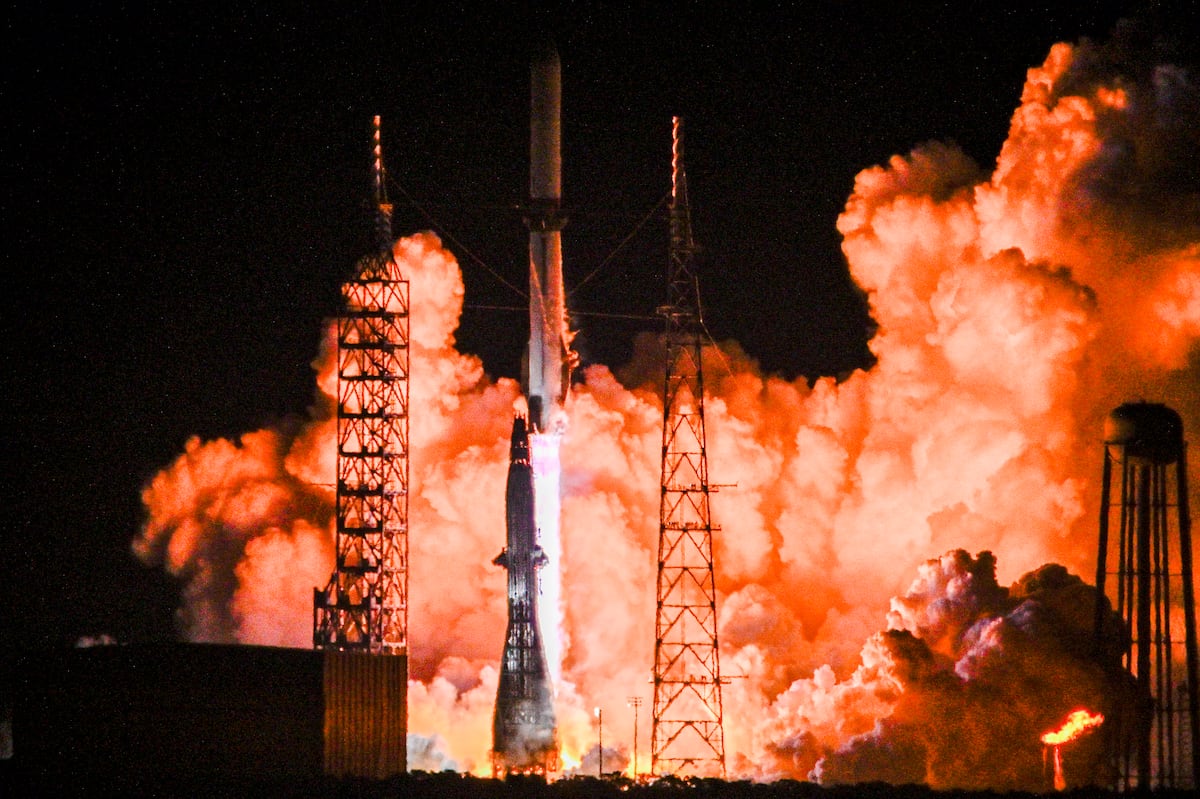Informed by a year on the job at SAIC, I wrote a blog in 2021 reflecting on SAIC’s role in space. I began a journey with the talented space professionals of SAIC in March 2020 to boldly go where we hadn’t been before and to help our customers’ space journeys and missions along the way. Now, in 2024, it’s time to evaluate SAIC’s journey and the needs of our space customers.
1. How will SAIC accelerate America’s evolving space missions?
In my 2021 blog, I said we’ll accelerate by “building resilient yet flexible and cost-efficient space architectures, systems and solutions that enable joint, collaborative engagements across all space stakeholders.”
This is still true. We remain dedicated to looking at how to find and integrate technologies across government and commercial. Space is the new “edge,” and customers need edge devices that integrate with the cloud, the Department of Defense’s (DOD) combined joint all-domain command and control (CJADC2) warfare strategy and the space ecosystem. To do that, we must modernize our space assets, which are national treasures with good foundations but are outdated. How do we modernize without disrupting operations to meet the massive demand on them?
SAIC leverages the power of partnerships to create mission application factories. We maximize productivity for systems by collaborating with small businesses and legacy contractors in a secure cyber setting.
2. How is SAIC anticipating the future needs of our space customers?
In 2021, I focused on mission knowledge, digital engineering and on-demand capabilities. Mission expertise and digital engineering still ring true. We are looking at ways to commercialize and provide our expertise so that space stakeholders can access unique capabilities as needed through new contracting models and channels on traditional programs, such as placing technical experts in shorter-term, outcome-based engagements instead of deploying a new person to a contract for perpetuity.
Elsewhere, on the Space Development Agency’s Battle Management Command, Control and Communication program, we are witnessing the transformation of satellites into software devices that did not exist in 2021. Onboard compute and software development are linchpins in next-gen space.
3. How is SAIC bringing the best of the best to space organizations?
Through our support of multiple space organizations, my team strives to “bring excellence across defense, intelligence and civilian space objectives.” The success and lessons learned on one program can inform and assist another. That is still as true today as it was when I started at SAIC.
When customers like NASA ask us to innovate, they are not necessarily asking us to develop something for the first time. We’re bringing proven capabilities across our space enterprise to their mission. Migrating to cloud, zero trust architecture, digital engineering…customers will have specific requirements, but they are modernizing in place by adopting and adapting excellent solutions. We can then scale to missions and modernize while they are in operation. Our customers demand best-of-breed solutions from cloud to cyber to digital transformation.
We are able to take best of breed from anywhere in the SAIC enterprise and bring it to bear. For instance, the mission app factory we worked on for the U.S. Air Force ported nicely to space customers and has quickly accelerated their missions.
4. How is SAIC accelerating?
The sense of urgency from our customers has only increased in the past few years. Human spaceflight missions are tantalizingly close to new stages, and our DOD customers speak of “the fight tonight” and point to near peers advancing in space.
Civilian and defense customers alike benefit from a model of relying on systems integrators to take what exists today in piece parts across the industry and put it together, rather than asking a company to build a bespoke solution from scratch. The International Space Station is slated to retire in 2031, and NASA will require commercial speed and innovation for the next chapter in the nation’s epic space saga. They don’t need to start from scratch. No one does. My team is poised to help all of these space organizations accelerate.
All in all, I wasn’t too far off in anticipating the space needs of 2024, but I will admit there are elements of today’s reality that are quite surprising — and exciting. I am fortunate to be surrounded by exceedingly intelligent space experts who adapt with the speed of need and help our customers achieve the impossible.
Learn more about how we support customers with solutions and capabilities for the space domain at SAIC’s Space page.
By: David Ray, Executive VP, Space and Intelligence Business Group at SAIC
Read more from David Ray
__________________________________________________________________________________________________
Read the full article here








Leave a Reply